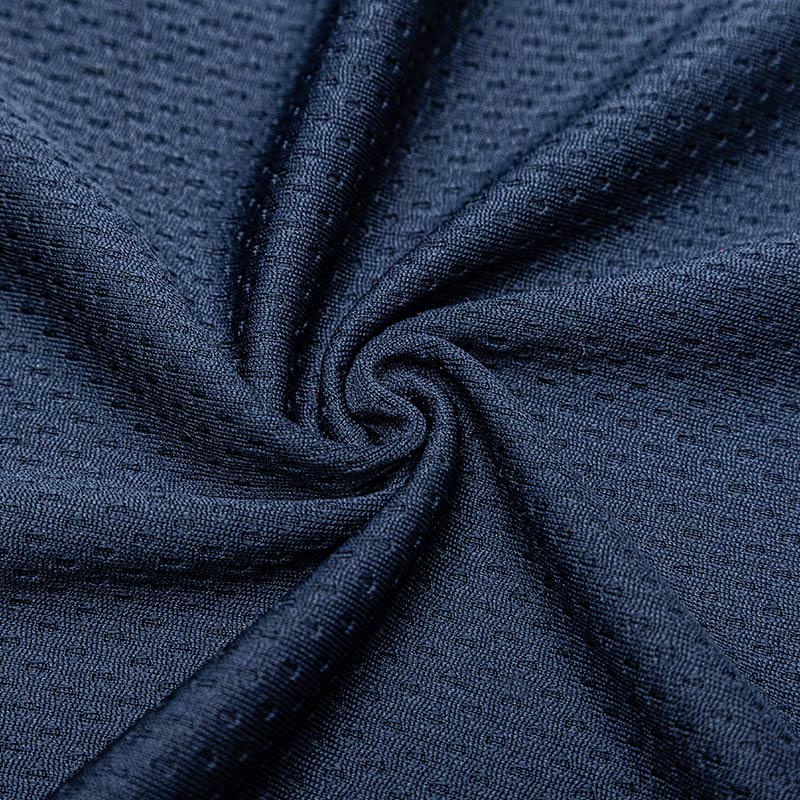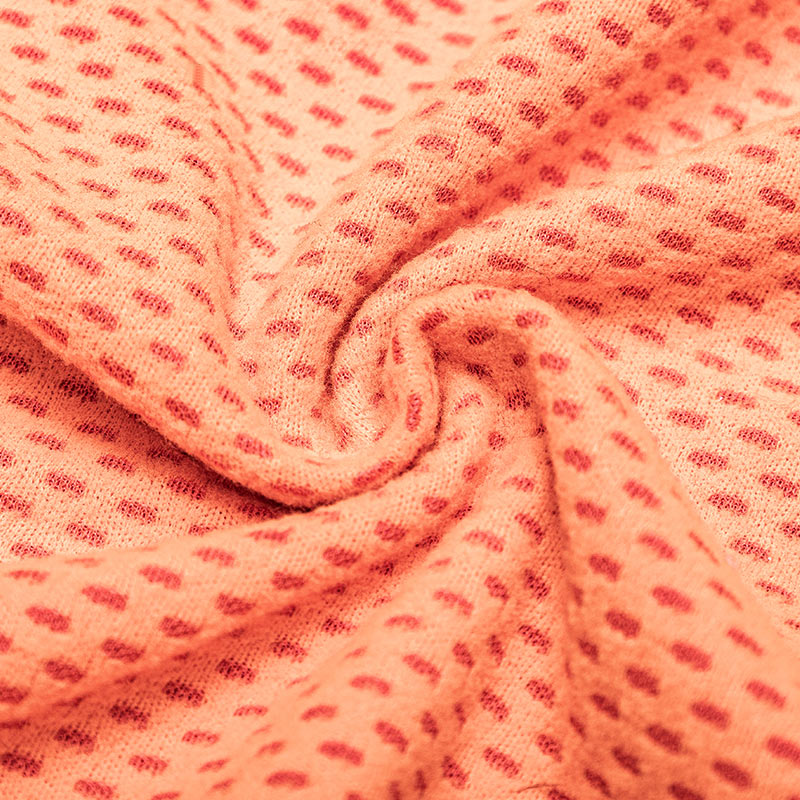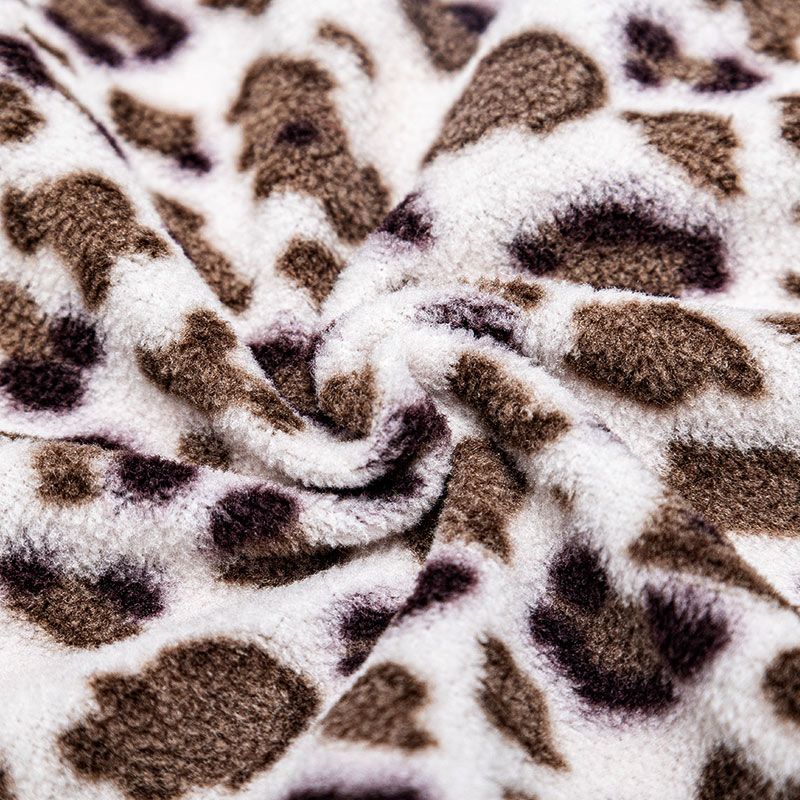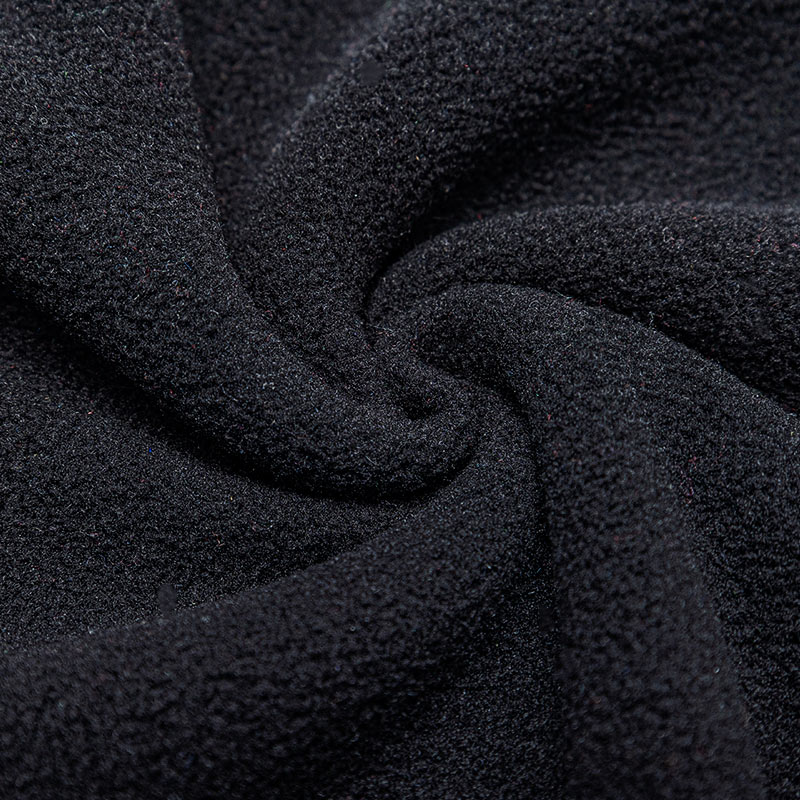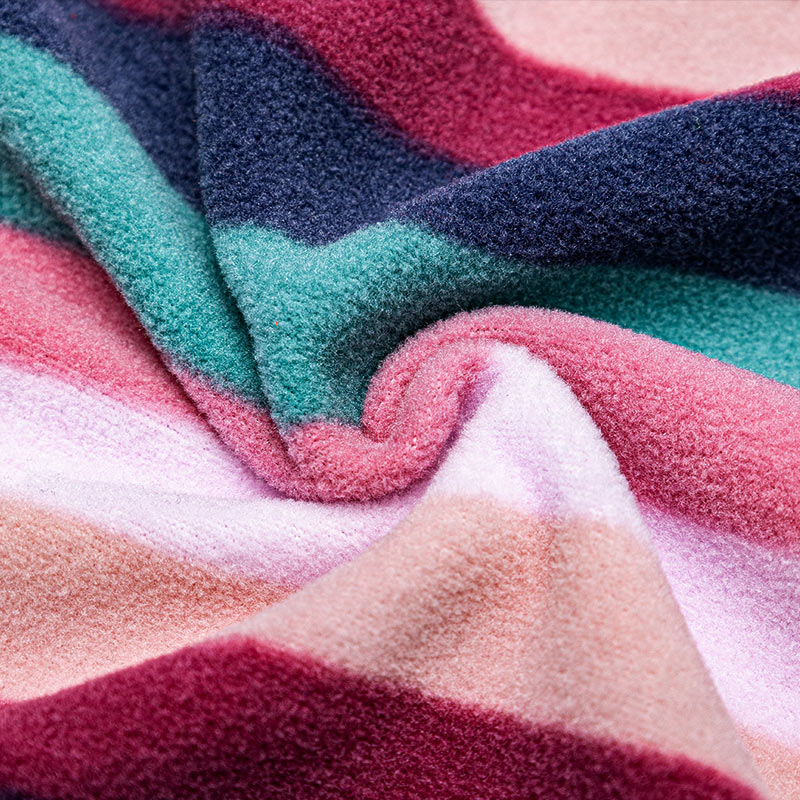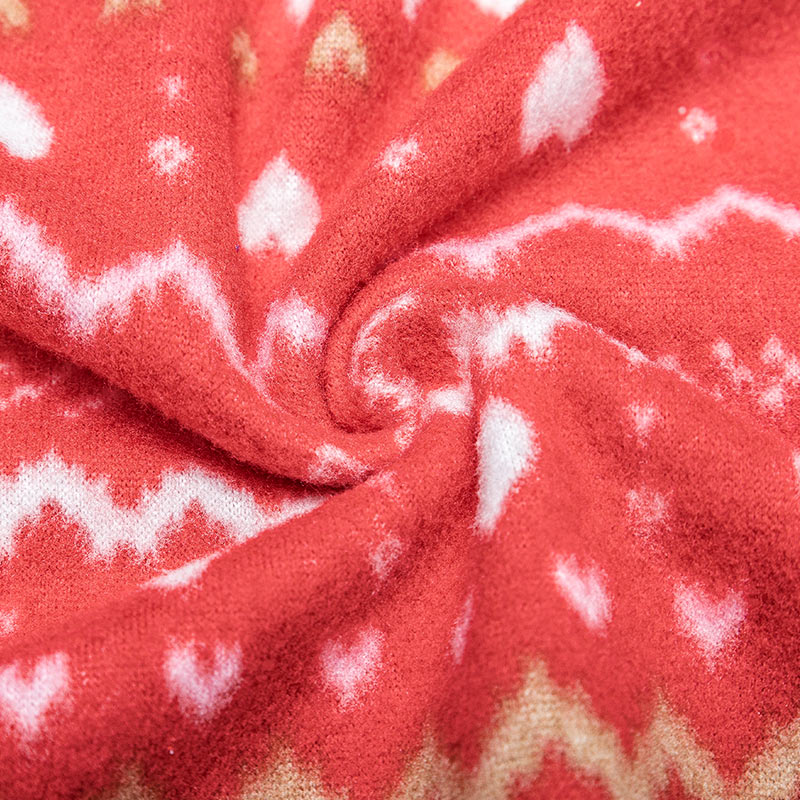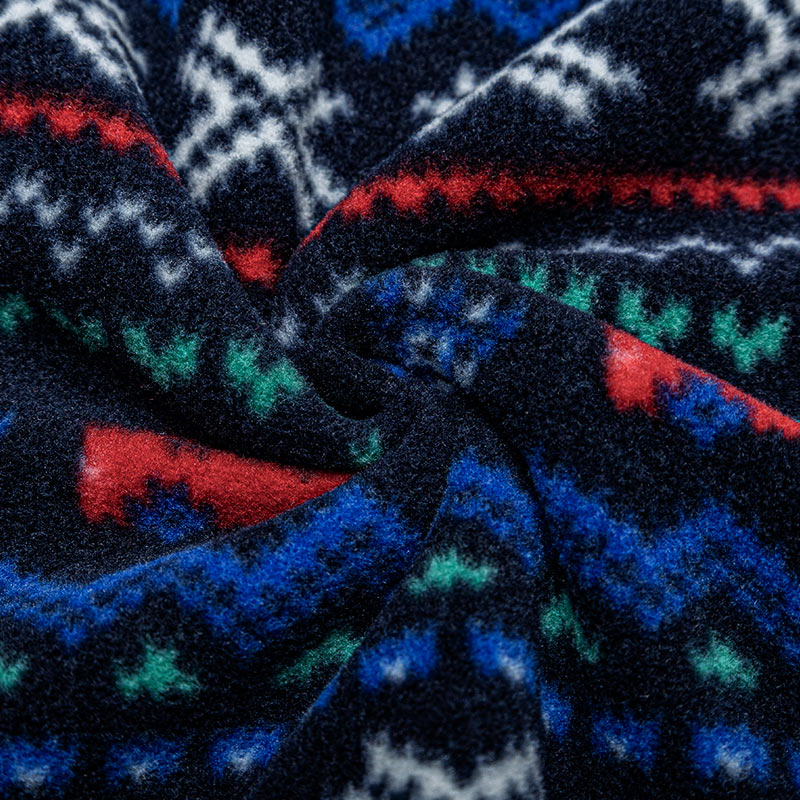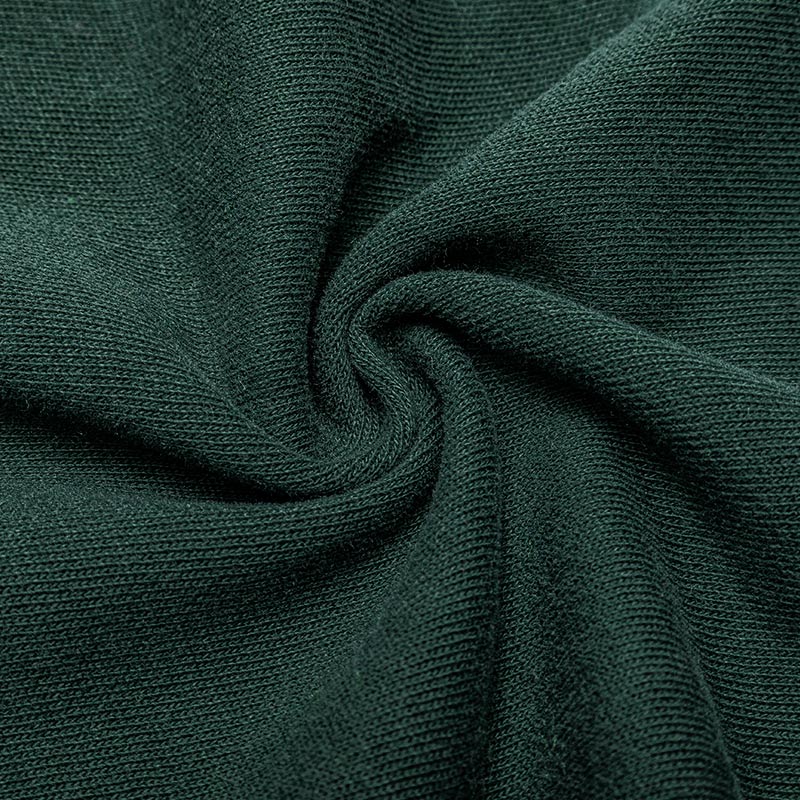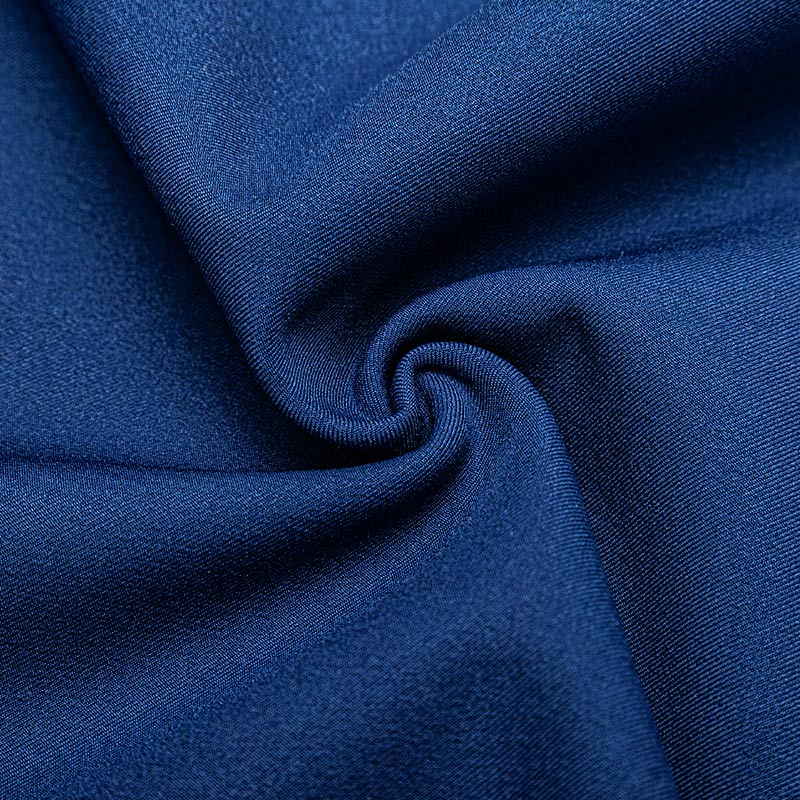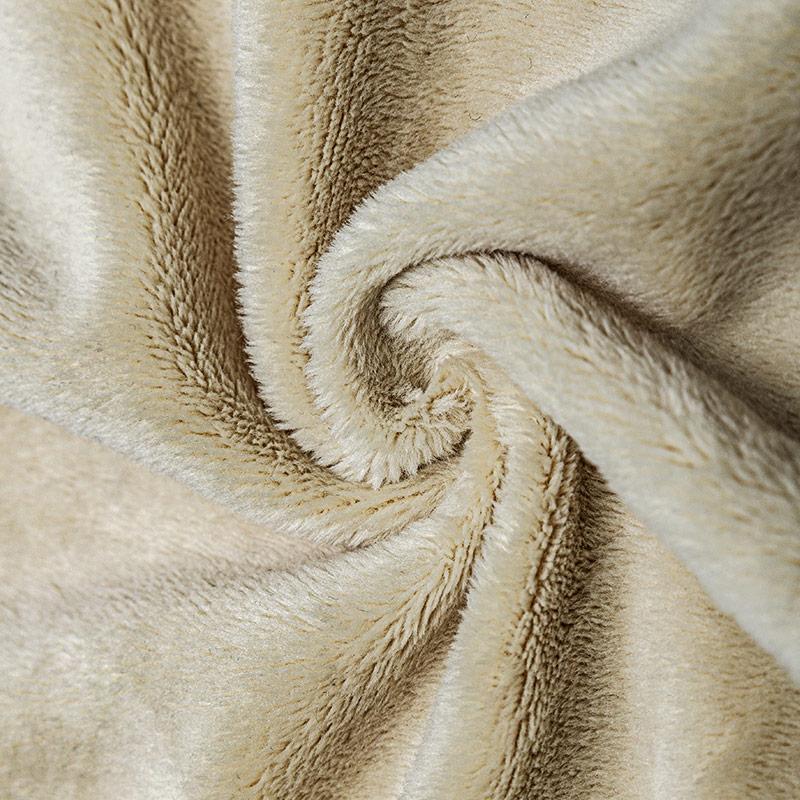Cationic fabric, in itself, doesn't inherently possess odor-resistant properties. The resistance to odors in fabrics is often influenced by additional treatments or finishes applied during the manufacturing process. However, some characteristics of cationic fabrics and the types of fibers commonly used may contribute to odor resistance to some extent:
Synthetic Fibers:
Cationic fabrics are often made from synthetic fibers such as polyester or nylon. Synthetic fibers, in general, have a smoother surface compared to natural fibers, which can inhibit the growth of odor-causing bacteria.
Moisture-Wicking Properties: Many cationic fabrics, especially those designed for activewear, incorporate moisture-wicking properties. These fabrics efficiently move moisture away from the body, reducing the conditions favorable for the growth of odor-causing bacteria. Keeping the skin dry helps minimize the development of unpleasant odors.
Antimicrobial Treatments: Some cationic fabrics may undergo antimicrobial treatments or finishes during the manufacturing process. These treatments aim to inhibit the growth of bacteria that can cause odors.
While these factors contribute to a certain level of odor resistance, it's important to note that the effectiveness can vary. The primary focus of cationic fabrics is often on colorfastness, durability, and moisture management rather than odor resistance. To enhance odor resistance in sportswear or other applications, manufacturers may incorporate specific antimicrobial technologies or finishes into the fabric.
Consumers looking for odor-resistant clothing should check product labels or descriptions to determine whether the fabric has undergone specific treatments for this purpose.
Additionally, following proper care instructions, such as washing garments promptly after use and using antimicrobial laundry detergents, can help maintain the odor-resistant properties of the fabric over time.
